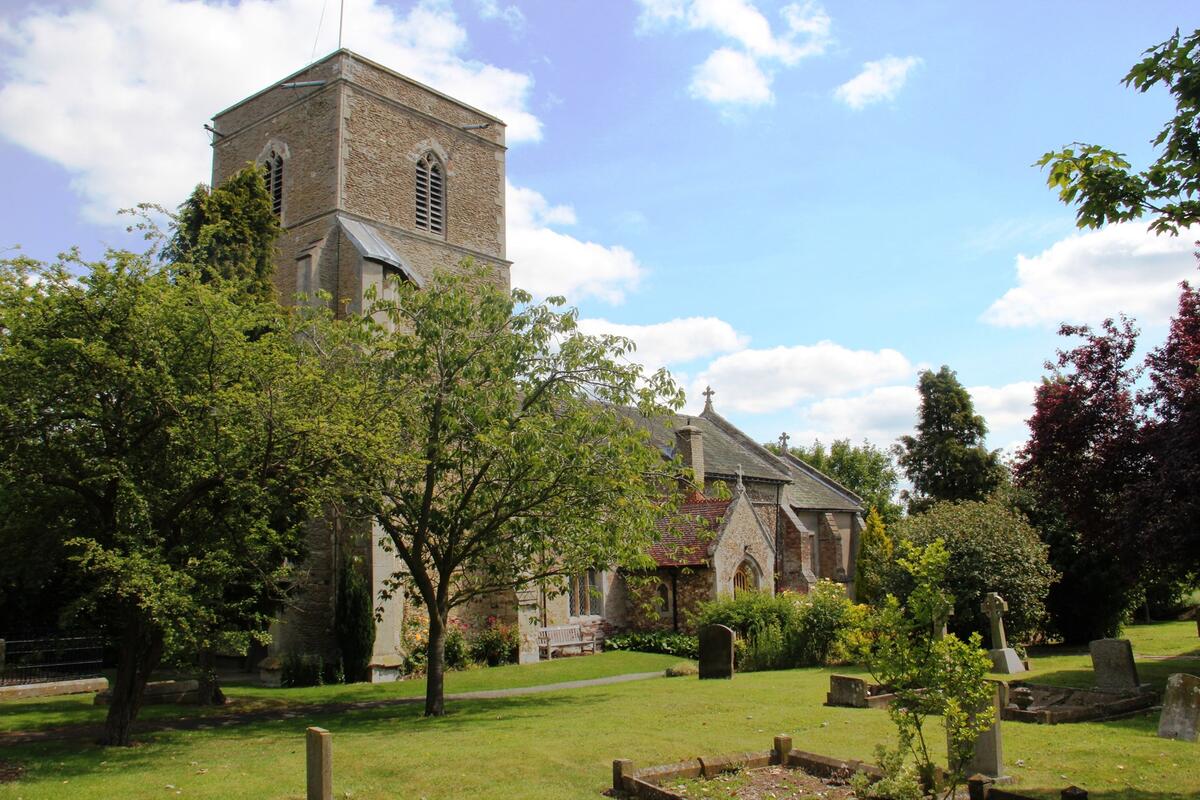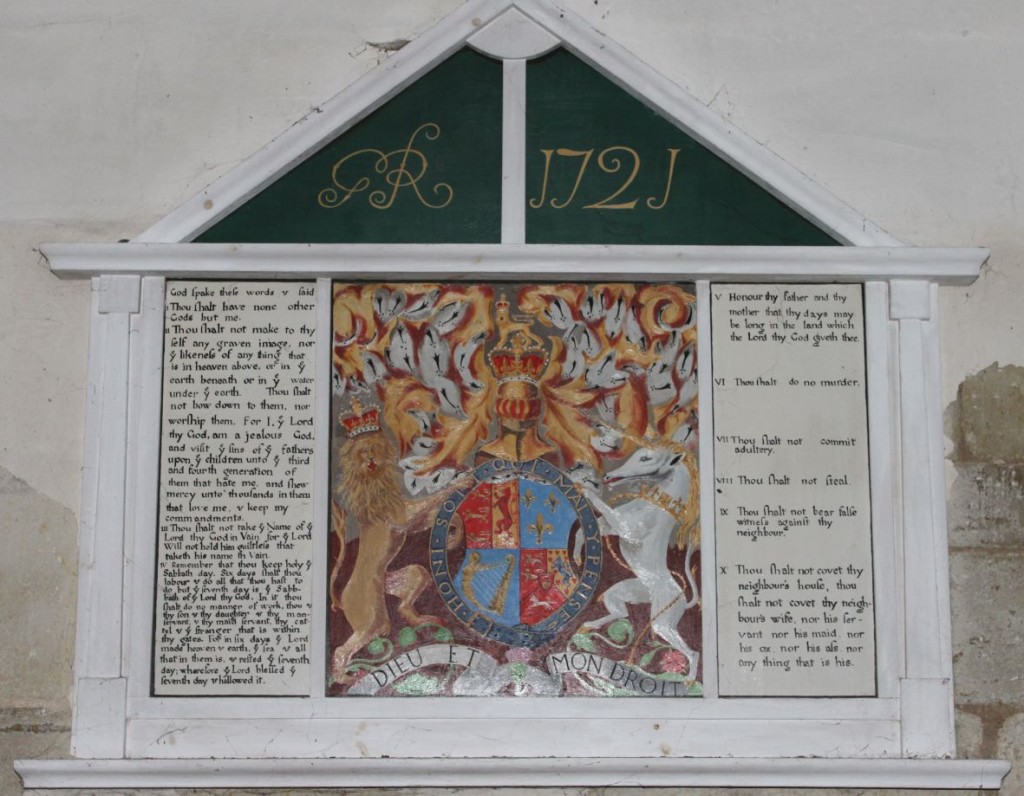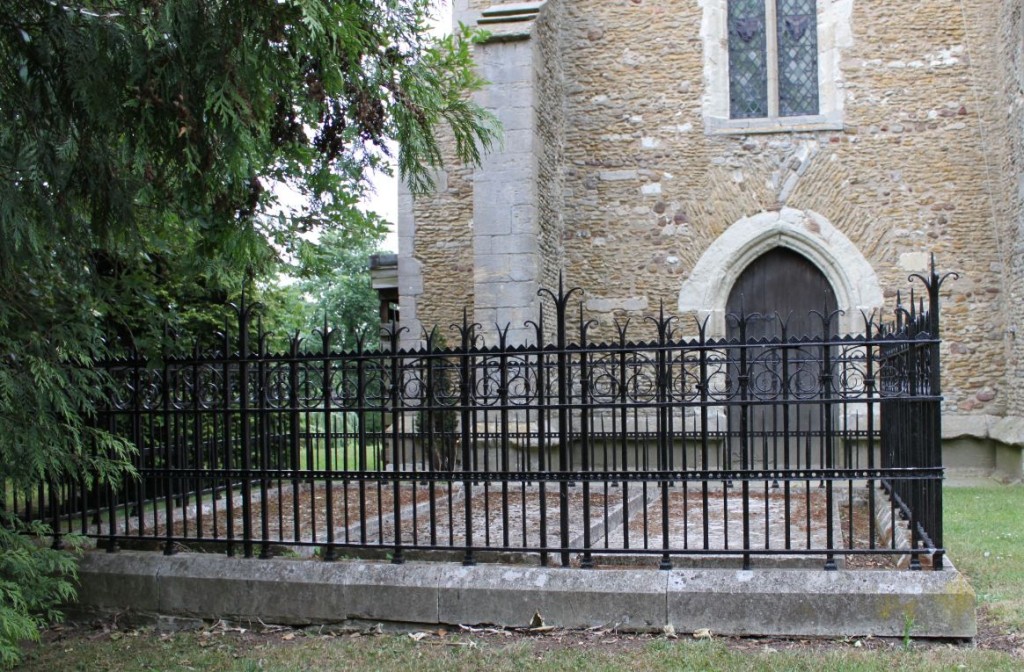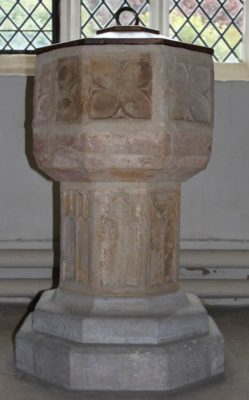All Saints Church

Today the parish of All Saints, Lolworth, forms part of the Papworth Team Ministry.
- Team Rector: Revd Matt Phillips [email protected] 07518 377245
- Team Minister: Revd Geoff Dodgson [email protected] 07710 379561
It is hoped that those who visit our parish church will find it not only an interesting and beautiful building but also will be able to experience from it a welcome and a peace that should be the atmosphere of a place where prayer and praise are offered.
Use www.papworthteamchurches.org to connect to the Papworth Team Ministry website where you will learn about the team, the people, the services and much more besides.
Church History
The early history of the church and village of Lolworth is unknown. The Domesday Survey (1085) records that a certain Robert held land at Lolesworde, in the North Stow Hundred, of Picot, sheriff of Cambridgeshire.
In 1251 “the Lady of Lollesworth” is mentioned as holding land in Long Stanton.
In 1281, Philip de Coleville held land in Lolworth together with the patronage of the Church. He presumably presented the living to Henry de Coleville, who is the earliest known Rector and who held the living at least between 1281 and 1291.
The date of the church is unknown, though there is reason to suppose that it was built in the time of Henry de Coleville probably replacing an earlier church. The church in its present form dates possibly from 1406. Except for the tower and south window of the nave (apparently Early Perpendicular) it is of the late Decorated period. The present form of the church is apparently its original form, that of a single nave without aisles. North and south aisles were added later.
The fresco of the Incredulity of St Thomas, near the tower (see objects of interest), was considered to have dated from prior to the addition of the aisles. Thomas of Walsingham, a monk of St Albans, records in his Historica Anglicana that in September 1393 there were lightnings and thunders which did much damage in many parts of the kingdom, especially in Cambridgeshire, where the houses and crops near Lolworth and in that village were terribly burnt down. It is possible that the church was practically destroyed in this fire and that the side aisles were lost and never rebuilt, with probably only the lower parts of the walls and pillars surviving.
The field near to the church is still called Burnt Close. After the fire the desolated village had to be rebuilt.
It has been suggested that the church was rebuilt without the aisles but with the former tower and it is possible that the church was rededicated in this form on St Andrew’s Day, 1406. The Dedication Festival was ordered to be kept on 20th July. It is likely that the chancel was shortened at a later date and blocked windows may be seen in the north and south walls.
The present roofs date from 1891 when the church was restored. Previously they were higher and flatter. The north wall was restored as a part of the War Memorial after the Great War, 1914-18, and the work disclosed a squint near the chancel but which was blocked up again. The niche by the north side of the chancel was found at this time. The tower is of clunch, built in ashlar courses, 14 feet (4.25m) square inside, with walls of an average thickness of 4 feet (1.25m). The massive door in the tower inside is braced with wide criss-cross strips of iron, making the tower a stronghold.
The Revd Henry Martyn, missionary and orientalist, who died at Tokat in what is now Turkey in 1812, had charge of the parish of Lolworth while he was a curate to Charles Simeon at Holy Trinity Church in Cambridge from 1803 and before sailing for India early in 1805.
The Revd R H D Barham was Rector of Lolworth, 1840-76. He was a son of the Revd Richard Harris Barham, author of The Ingoldsby Legends, and it is said that some of the poems were written in Lolworth Rectory.
Objects of interest
A wall painting of the ‘Incredulity of St Thomas’ was formerly to be seen in the northwest corner of the nave near the tower. This wall painting was found about 1891. The subject is seldom met with in England in wall-paintings, although it possesses a sacramental significance and also occurs in most of the early series of the Life of Christ being not only an event in his mission but also a proof of his resurrection. Our Lord holds the banner of victory, the cross with pennon attached. St Thomas carries in his right hand the textus or book of the Gospels in allusion to his having preached the Gospel in India, a tradition which in medieval times led to the apostle being known as St Thomas of India. This feature is unique among English wall- paintings of this subject. The whole picture was outlined in red ochre and tints of yellow and red were used. This was the common mode of execution in the thirteenth and fourteenth centuries, and it is possibly to the middle of the latter period that we may assign this painting. Decaying plasterwork led to the final disappearance of the last traces of the painting in 1958.
The Font, of the Decorated period, was restored in 1911 and again in 1996. On its removal from the south wall the Base of a Norman Churchyard Cross was discovered. This now sits near the font.
A Medieval Tombstone currently near the font was found in the churchyard some years ago.



